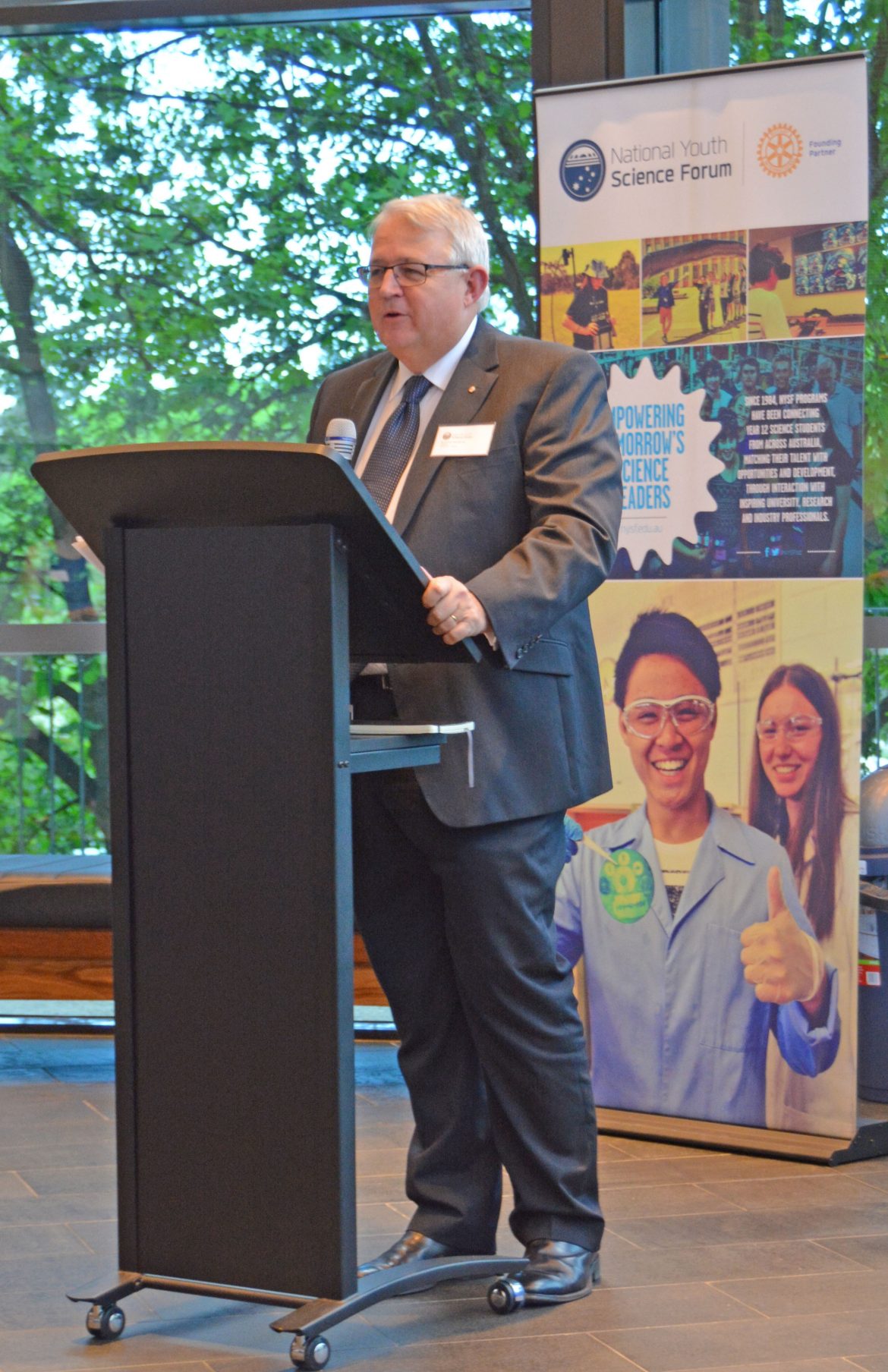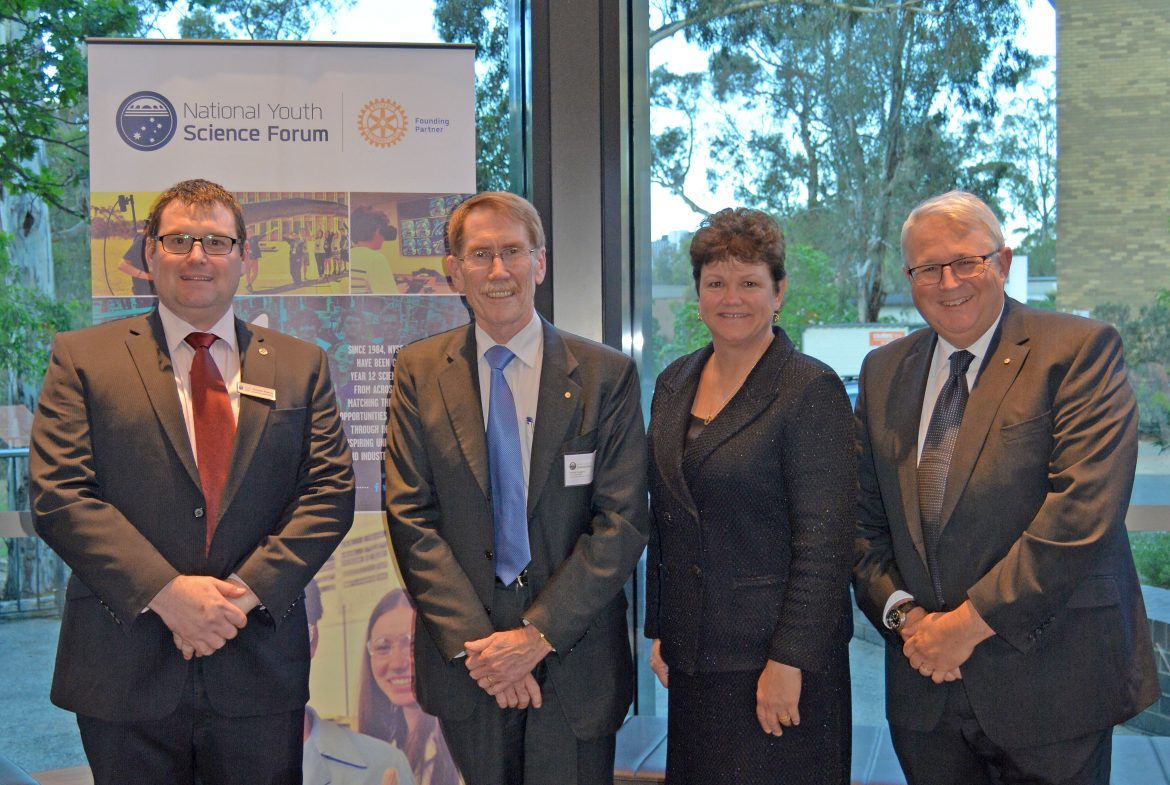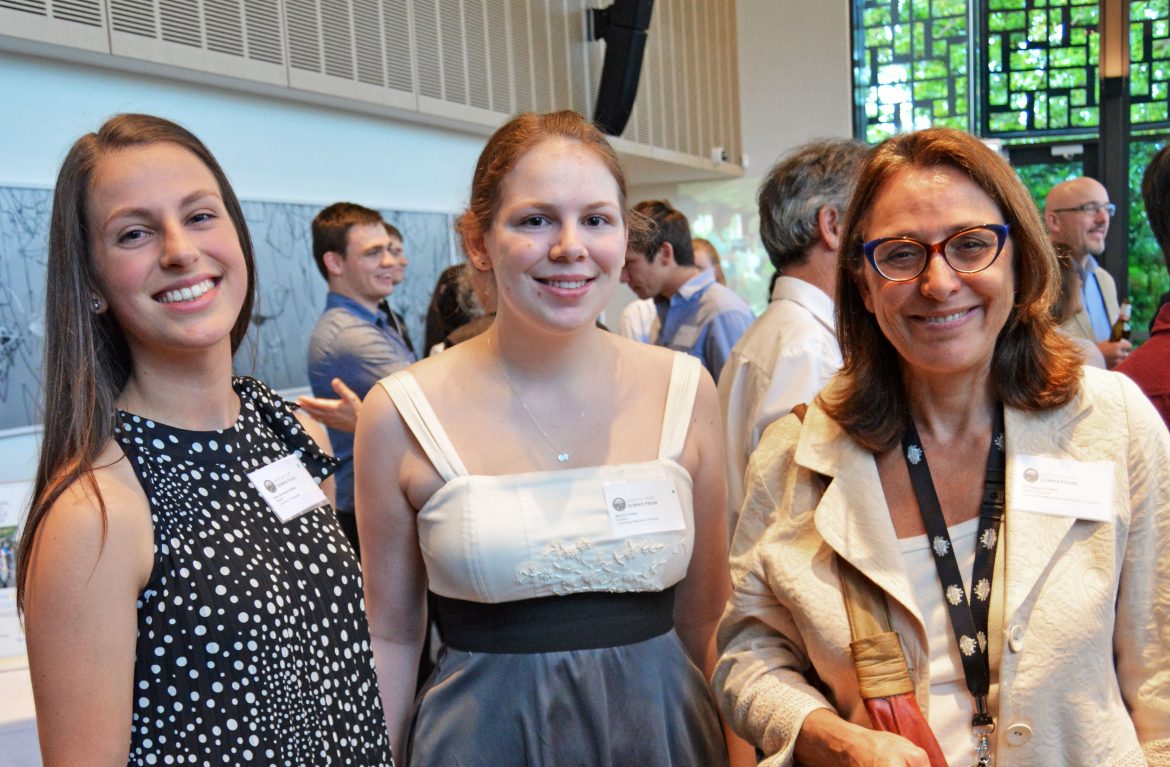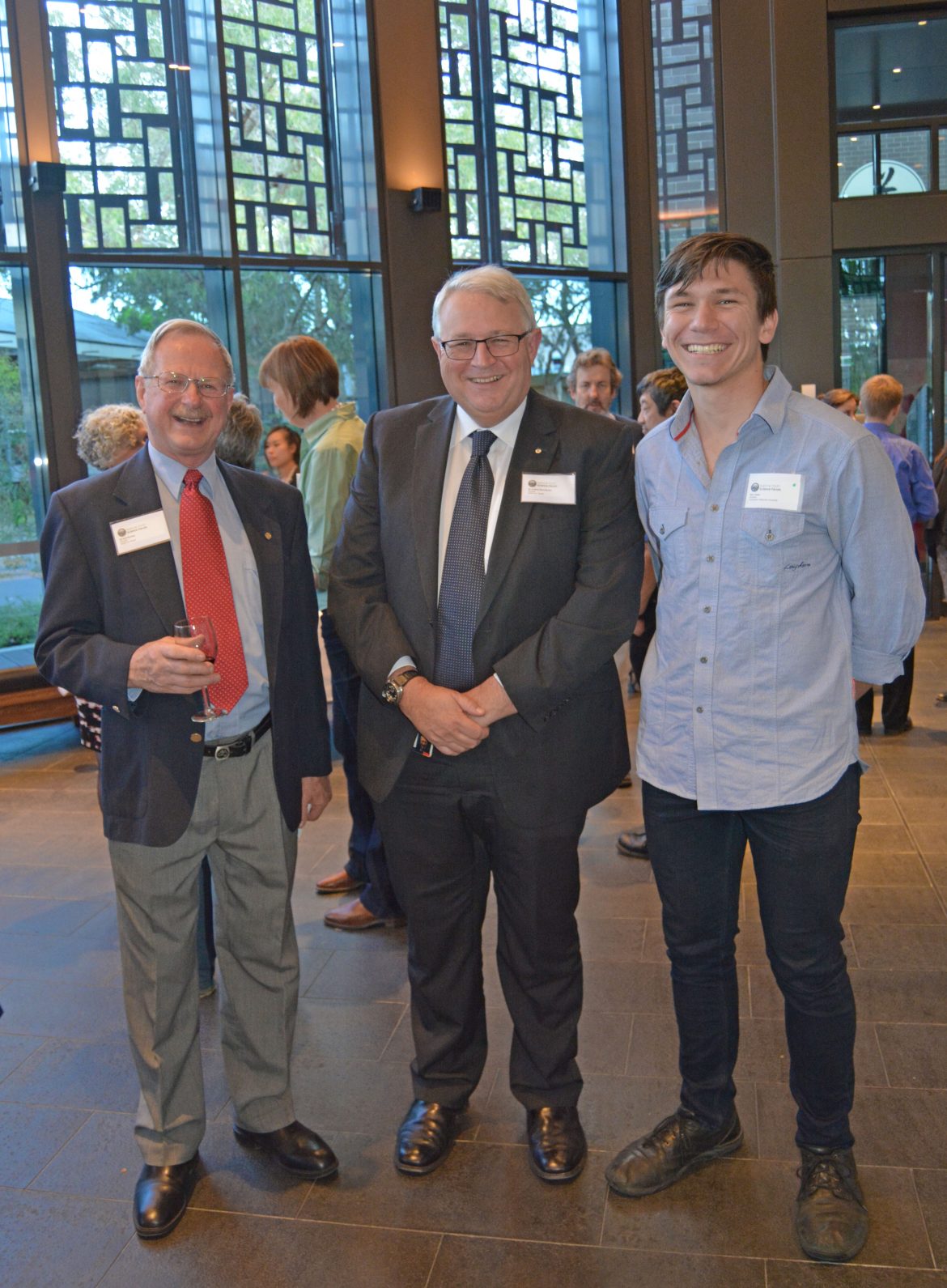STEM occupations are at the leading edge of economic competitiveness
Not long to go now until Session A of the National Youth Science Forum 2016 program kicks off, and you can be assured, both sessions are going to be outstanding experiences for the young people involved.
During the year, we have worked hard on refreshing and reshaping the program, resulting in an extra lab and/or site visit for students in 2016 – now up to seven, and a program that focuses on three central ideas: ways of engaging with science, technology, engineering and maths – STEM in action; understanding the role of STEM in society; and preparing the next generation of STEM professionals.
Students will go through a set of activities, lectures and visits that aim to build an improved understanding of the role of science in our lives, and how studying STEM at a tertiary level can lead them in many different directions – it’s not just about lab coats and research grants. In fact, it can be whatever you want it to be.
We launched the 2016 program in October at the Australian National University, where our Council’s new Deputy Chair, Mr Andrew Metcalfe AO, represented Chair, Professor Tanya Monro, and welcomed special guest speakers Professor Ian Young, outgoing Vice-Chancellor of the ANU and Ms Laura Frank, Vice-President and Chief Operating Officer of Lockheed Martin Australia – a major sponsor of the NYSF. Both expressed significant support for the program and its unique role in offering year 12 students with insights and opportunities to discuss their possible future study and career choices.

Andrew Metcalfe, Deputy Chair NYSF at the NYSF 2016 launch
(image NYSF/Sarah Samsara)
Professor Young noted that there has never been a more important time for Australia to grow the ranks of STEM graduates. “STEM occupations are at the leading edge of economic competitiveness in an increasingly globalised world, and STEM workforces of sufficient size and quality are essential for any 21st century economy to prosper.”
“The Forum is a fantastic way to achieve these aims, enabling later year high school students to sample the academic opportunities that are available to them in the STEM field,” he said.
Ms Frank said that Lockheed Martin Australia was proud to support science, technology, engineering and maths education initiatives, like the National Youth Science Forum. “We are proud to support the NYSF and ensure that young Australians – including young men and women from diverse backgrounds, living in both urban and remote areas – will have access to participate for many years to come.”
Ms Frank also had some valuable advice to share with NYSF participants, having started her own career as a young and eager engineering graduate. “Take risks, grow your network, and broaden your view.”

Dr Damien Pearce, Professor Ian Young, Laura Frank and Andrew Metcalfe at the NYSF 2016 launch
(image NYSF/Sarah Samsara)

NYSF Alumni Shoshana Rapley and Merryn Fraser, with Dr Roslyn Prinsley, Chief Scientist's Office
(image NYSF/Sarah Samsara)

Rob Woolley, Andrew Metcalfe and NSYF Alumnus Ben Galea
(image NYSF/Sarah Samsara)
In 2015, two leading Australian companies committed to continuing their financial support for the NYSF for another three years – CSL Ltd, and Cochlear through its Cochlear Foundation.
Today CSL is a global specialty biotherapeutics company that develops and delivers innovative biotherapies that save lives, and help people with life-threatening medical conditions live full lives. You can learn more about its growth and business here. The decision to continue its investment in the NYSF illustrates the commitment it has to the Australian community, and its young people in particular, and we thank them for this action.
Similarly, Cochlear is another world-leading Australian company that has taken a technology through development and commercialisation to meet a very specific market and community need. We welcome its continued support for the program, through the Cochlear Foundation. All of our partners are listed here. Their financial support is vital to the ongoing sustainability of the NYSF, and we thank them again for their commitment.
National Science Week seemed to extend through into October this year. There were a lot of science-related announcements – the winners of the 2015 Prime Minister’s Science Prizes were revealed at a Gala Dinner in Canberra. And we learned of the Commonwealth Government’s appointment of Dr Alan Finkel AO to the role of Chief Scientist. NYSF attended the Science & Technology Australia seminar on the relationship between Australian science and business, what’s working well, and where improvements could be made; and the outgoing Chief Scientist, Professor Ian Chubb, released a report on why Australia lags behind other similar economies in the level of research and technology commercialisation. Key recommendations include experienced commercial entrepreneurs teaching innovation in tertiary institutions, and supporting internships in successful businesses. NYSF had already planned a new session on entrepreneurship for the 2016 program, and another on critical thinking skills, introducing students to the concepts and ways of thinking behind these processes.
The Chief Scientist’s report is a good example of the critical mass of information and discussion that Professor Chubb and his team members have compiled during his tenure in the Chief Scientist’s role – the landscape and policy discussion has changed over these years, and we are all the richer for it. We thank him for his involvement as the NYSF’s Science Patron, and during his tenure previously as Vice-Chancellor of the ANU, through support of the program in regularly addressing the students in January, and wish him all the best in his next role.
Our Rotary friends across the country have worked hard again in helping to promote the program in local schools, endorsing students for district selection, and conducting interviews to select successful participants. Estimating the number of volunteer hours that contributes to the success of our program is a difficult task – countless is not a number! But we thank our volunteers - Rotarians, student staff and alumni, and other volunteer groups - for their contribution to the NYSF and its activities.
The NYSF is running its well-established National Science Teachers Summer School in January, in conjunction with Session A of the student program. NSTSS 2016 will once again offer teachers of science from around Australia with the opportunity to engage with leading researchers both at the Australian National University and other Canberra-based facilities at CSIRO, Geoscience Australia and the Canberra Deep Space Communication Complex, Tidbinbilla, as well as networking with each other to share experiences and learn about what is working in the classroom (and what’s not!).
Finally, I would mention the changes to our Board and Council structure, adopted with our new Constitution in August. This allows for a more stream-lined decision making process, and also affords us with the opportunity for wider consultation about the organisation’s activities and future strategic direction. Information about our Board and Council members is here. I am particularly pleased that these changes allow for an additional four alumni of the NYSF/NSSS to contribute to the organisation. Along with Professor Tanya Monro, Dr Renée Kidson has joined the Board as alumni representative; Dr Alison Shield, at the University of Canberra has joined the Council; and Ms Amy Norman and Mr Steven Falconieri, who have served the organisation as volunteer student staff leaders over the previous four years, were appointed to the Council for one year. It is vital that the young people who benefit from our programs have a visible presence and a voice in the organisation’s future direction.
At the time of writing, it’s eight weeks until Session A begins. We look forward to welcoming another year’s cohort of young Australians who will laugh, listen, chant, and talk their way through January, and into a science-based future.
Damien Pearce